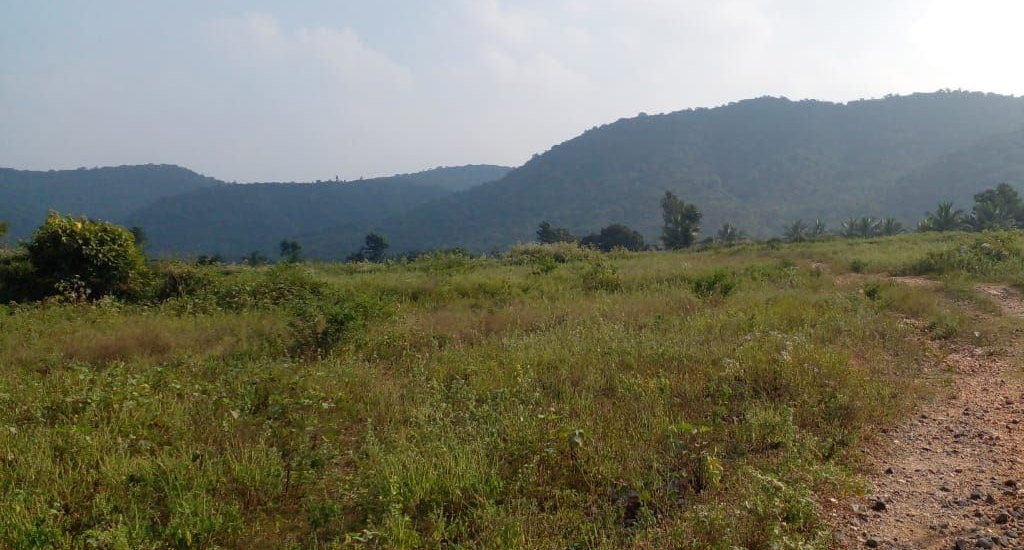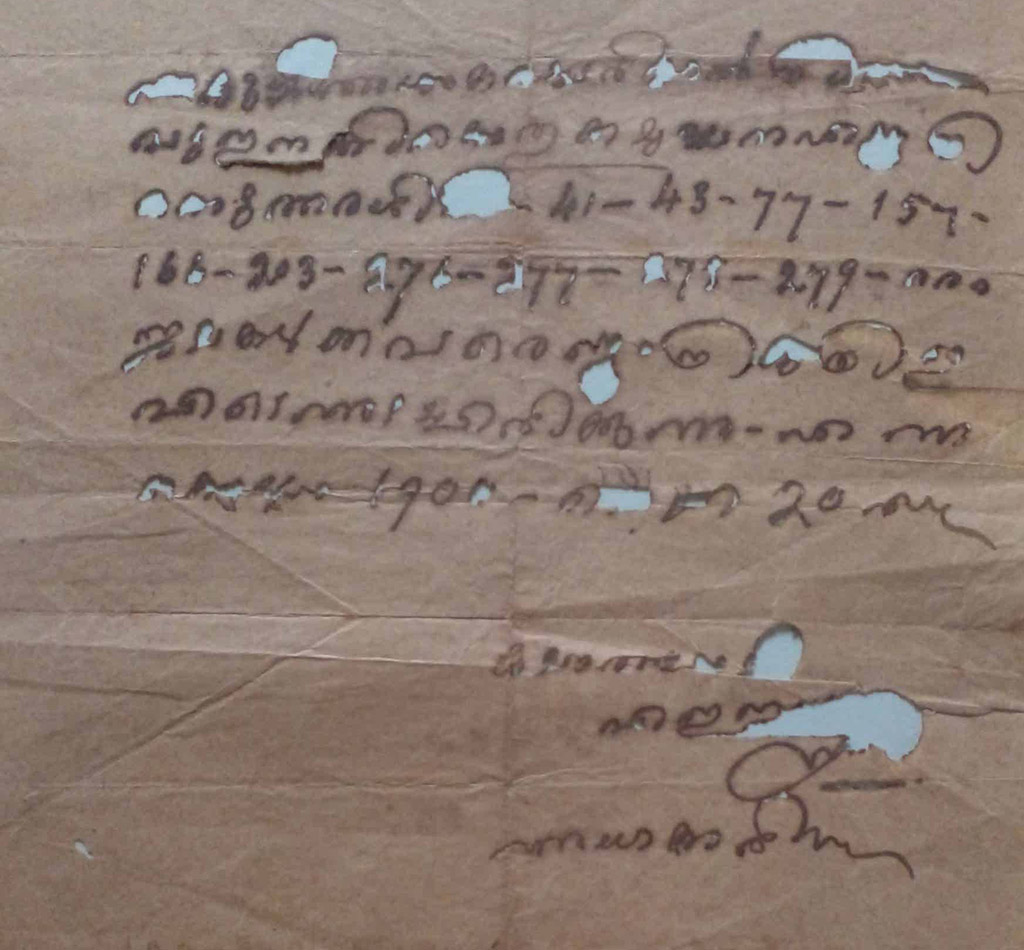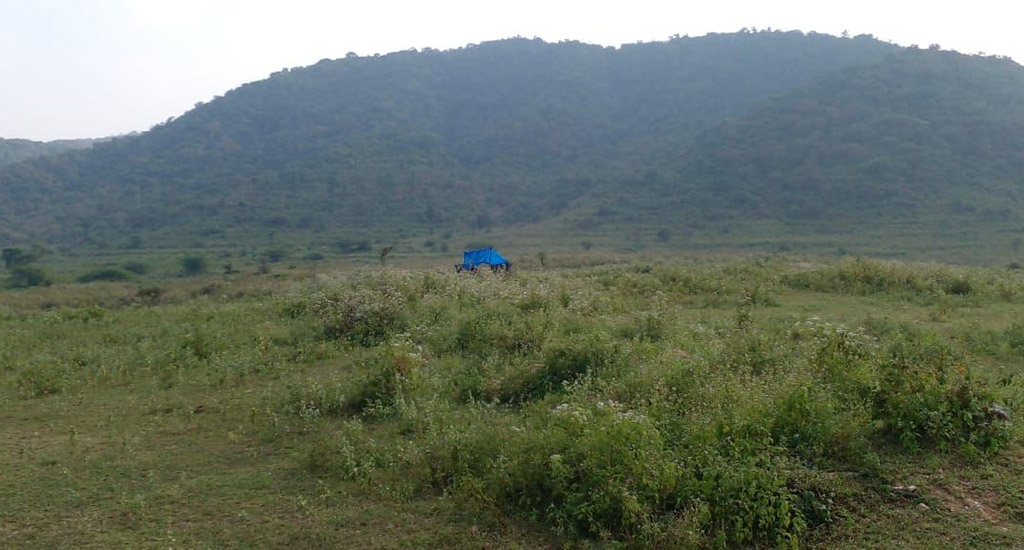
Action needed to stop tribal land alienation in Kerala
Measures need to be put into place to prevent land alienation in Kerala’s largest tribal settlement, which has been losing its land to outsiders for decades.

Measures need to be put into place to prevent land alienation in Kerala’s largest tribal settlement, which has been losing its land to outsiders for decades.
Attappady in the Palakkad district of Kerala is the largest tribal settlement in the state with its own set of development challenges. Land alienation is one of them.
Like in the Vattalakki hamlet when tribal groups across Kerala protested the forceful and humiliating arrest of the tribal head of the hamlet and his son in August 2021 for challenging land alienation.
The Vattalakki case is not a standalone one. Attappady has a history of tribal land being alienated.

Attapady spreads over 745 sq.km. In Vattalakki hamlet, 55 acres of land used by tribal families and tamilians have been claimed by Vidyadiraja Vidyasamajam.
Vidyadiraja Vidyasamajam, an educational trust, had purchased small plots of land from different stakeholders in 1982-83. The problem started when HRDS India, an NGO which was already under controversy in Attappady, took the land on lease from Vidyadiraja Vidyasamajam for cultivation of medicinal plants.
Also Read | Farmers reclaim fallow land to cultivate rice in Kerala
“No one has visited this place in all these years with a claim over this land. How does this trust suddenly assert that they purchased it years ago?” said Prakash, one of the Adivasi landowners.
A year later Aji Krishnan, founder and secretary of HRDS, was arrested on charges of “tribal land grabbing, burning tribal huts and humiliating the tribes by calling them by their caste names”, though he attributed it to vendetta on a different unrelated case.
Such incidents continue to happen despite there being laws that protect tribal lives and lands.
“The act that governs land-related matters is the Kerala Scheduled Tribal Restriction of Transfer of Land and Restoration of Alienated Land Act (KST Act 1975),” said Suresh of Action Council, an organisation working to protect tribal land in Attappady.
“Though there have been attempts to amend it twice – in 1996 and 1999 – Supreme Court gave a judgment in 2009 that the state legislature has no power to amend portions of the 1975 Act,” he added.
Land alienation in Attapady has been happening since the 1950s.
Outsiders moved in – attracted by the highly cultivable land.
As per the Survey Report of Tribal Lands and data from Integrated Tribal Development Project (ITDP) of Attappady, numbering 27,627, the tribes constitute 43% of the total population of Attapady. Whereas the tribes made up 99% of Attapady’s population in 1959.
The land was bought from Adivasis at extremely low rates, according to Haseena A. V. in her research paper “Land alienation and livelihood problems of Scheduled Tribes in Kerala” The Adivasis sold their land for clearing past debts and to meet domestic expenses, according to a socioeconomic survey.

Difficult circumstances and unfamiliarity with markets placed them at a doubly vulnerable position in the transactions.
Also Read | Local tribes protest changes in Jharkhand land laws
Initially the outsiders worked as tenant farmers and later on they alienated the tribes’ lands.
Lack of land documents is one of the reasons for land alienation, according to Govind Prabhakaran, a journalist.
“The Land Reforms Act 1963, was a revolutionary act to give lands to the poor landless people,” said Prabhakaran. “Since tribes did not have registered documents in their names to prove their ownership, lands were given to those who were occupying the land. Thus, many settlers got the tribal land on which they were mere tenants registered in their own names.”
One method of land alienation is by forging land documents. Settler tenants were wrongly or intentionally documented as the owners of the land they resided in and/or cultivated.
Goondaism or muscle power, threats and political connections were used to force tribes out and grab their land. Some married tribal women deceitfully to eventually gain access and control over their land. Illegal constructions are also not uncommon here.
In recent times websites and real estate agents have been advertising the sale of lands in Attapady.
Prabhakaran suggests that land should be partitioned and the government should help the Adivasis in getting proper documents to prevent further alienation.
Also Read | How do tribal households view government interventions?
Some of the requirements raised by the community members are the implementation of Tribal Land Protection Law, bringing Attappady under the 5th Scheduled Area that has a separate legal and administrative framework for tribal dominant areas, and giving them updated land documents.
Also, any further migrant settling in Attappady should be prevented.
Access to good quality accessible and affordable education, health care services and employment along with mechanisms to make sure that it reaches the deserved sections are the most vital needs. This would help the tribes effectively demand their rights and lead a dignified life.
Land is an important resource and the alienation of land contributes to direct and indirect vulnerabilities as severe as livelihood loss, malnourishment and infant mortality. Therefore there needs to be proactive action from the government.
The lead image shows the land at stake in the Vattalakki case (Photo by Krishna Sanjeevani)
Krishna Sanjeevani is an alumna of Azim Premji University. She did this case study as part of her course work.